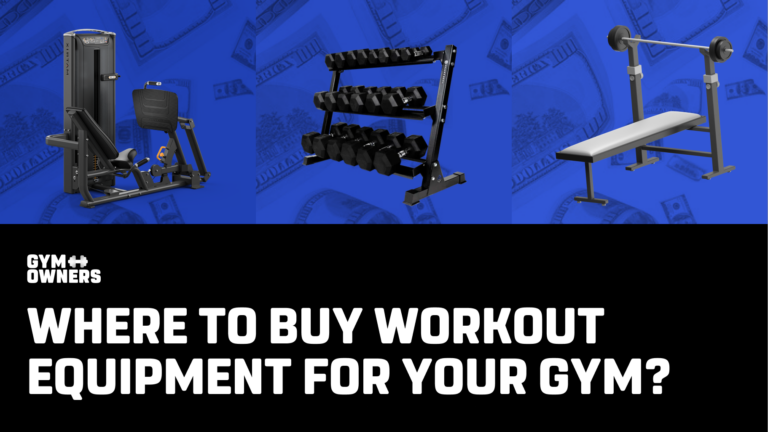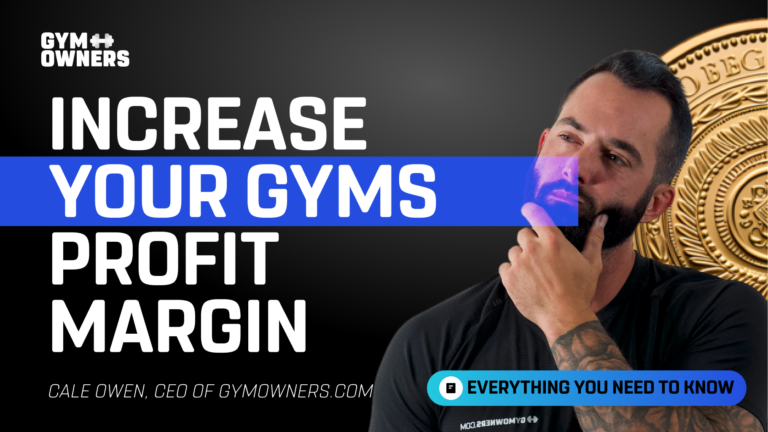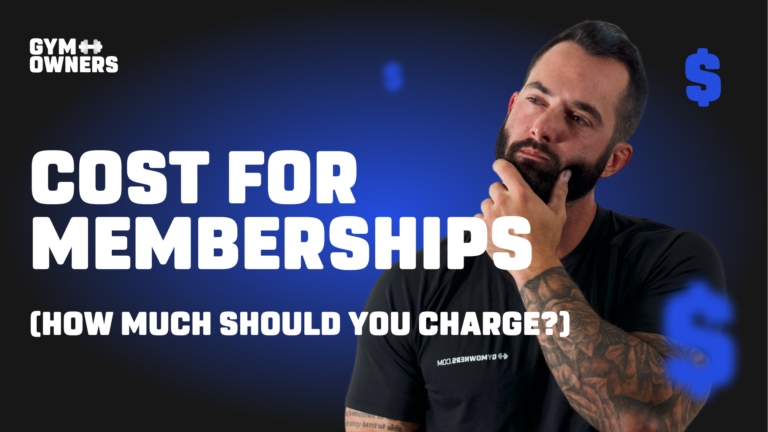If you want to start your gym business right, you need the right tools. A gym business plan provides a foundation for exercising your ideas and seeing whether your business can sustain itself and be profitable.
First, you must know what to include when starting a gym business plan. This gym business plan template breaks down what
sections you need.
1. Executive Summary
This section of a business plan is an integral part of your gym business plan. It should give readers insight into your company’s name, location, offerings, and mission statement. This section lays the foundation for the rest of your plan and should clearly explain why your company exists and what it hopes to achieve.
2. About Your Company
This section of your gym business plan will give more details about the legal structure of your business. You should also include the type of gym:
- Traditional gym
- Specialty fitness center
- Online fitness platform
You should also include the unique selling points of your gym and your niche.
3. Organizational Structure and Management Team
This section of your gym business plan will detail the roles of key team members and your overall management strategy. If you already have a team you should include them in your
If you intend to hire fitness instructors and other employees, then you should outline the qualifications and experience they should have.
4. Market Analysis
Here, you will document your findings from gathering and analyzing market data to identify opportunities, threats, and challenges in a given market. This includes analyzing current and past trends, competitor analysis, consumer behavior, market size and segmentation, market share, and potential growth.
- Competitor Analysis: By evaluating your primary competitors, you can
gain valuable insight into what works and what doesn’t. Assess their services, prices, promotion tactics, and
public image to understand their operations. Having a better understanding of their business model could help
you fill gaps in the market - Market Trends: Market trends in the fitness industry can range from
specific types of workouts, health and wellness programs, or virtual workout options. Identifying these market
trends will help you adjust your business according to what customers are looking for. You can search for
industry reports that provide insight into your specific niche. - SWOT Analysis: This evaluates the strengths, weaknesses, opportunities,
and threats of your gym business venture. You should analyze each factor for its potential impact. - Regulatory Information: When you are opening a gym, your business plan
should include this so you can be compliant. Specific local laws may also apply to gyms, such as zoning
ordinances or noise limits.
5. Products and Services
This is where you will outline the services you intend to provide for customers and the pricing model. These include:
- Memberships
- Personal training
- Group classes
- Nutrition consultations
- Wellness programs
- Courses
It is best to show how your services are tailored to meet your members’ individual needs and goals. Highlight what makes your offerings unique and how they meet the needs of your target market.
6. Marketing Strategy
Developing an effective means to target and retain customers is an important part of any successful gym business plan. This section should include strategies for social media campaigns, email, partner programs, referral incentives, and promotions. It should include digital marketing and in-person strategies that target your customer base.
7. Financial Projections
Creating a realistic financial projection for your gym business plan requires estimating future income, outgoings, and gains. This can be helpful if you are looking for potential investors and know what capital you need to start.
Planning for numerous financial scenarios is a savvy move. Developing a best-case scenario where you rapidly acquire more members, a worst-case scenario where growth is sluggish, and a typical scenario somewhere between the two can provide invaluable perspective.
You will need to create a break-even analysis based on your income and expenses. These are factors you should consider for your income:
- Membership Fees: Determine your income by factoring in the cost of
membership fees, the number of members you anticipate in a given month, and any extra charges for specific
services or lessons. - Additional Services: Consider personal training sessions, group fitness
classes, or merchandise sales. - Seasonality: Gym memberships can seasonally fluctuate, with more people
joining around the start of a new year and fewer during holidays.
When considering your expenses, look at:
- Fixed Costs: These are constant costs like rent, utilities, salaries,
insurance payments, and loan installments. - Variable Costs: These costs could include payment processing fees,
supplies, maintenance, and advertising costs. - One-Time Costs: These are single expenses for items like equipment,
software, and technology.
Build Your Gym Business with Real Insights
Start your gym business with the right software. Modern gyms need solutions that are manageable and easy to use. Your focus should be on growing your business; that’s why GymDash uses data and personalized coaching to help you expand.






